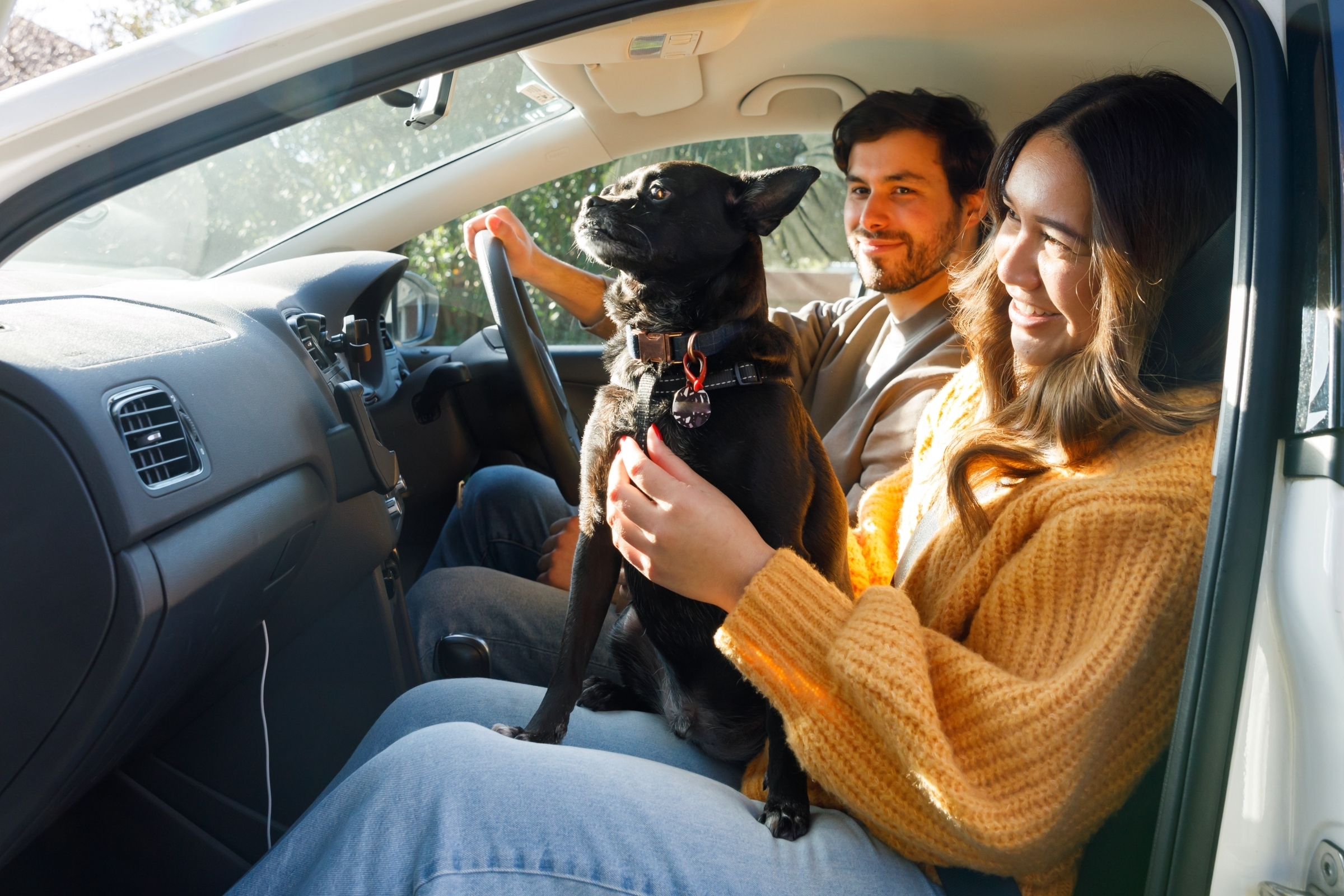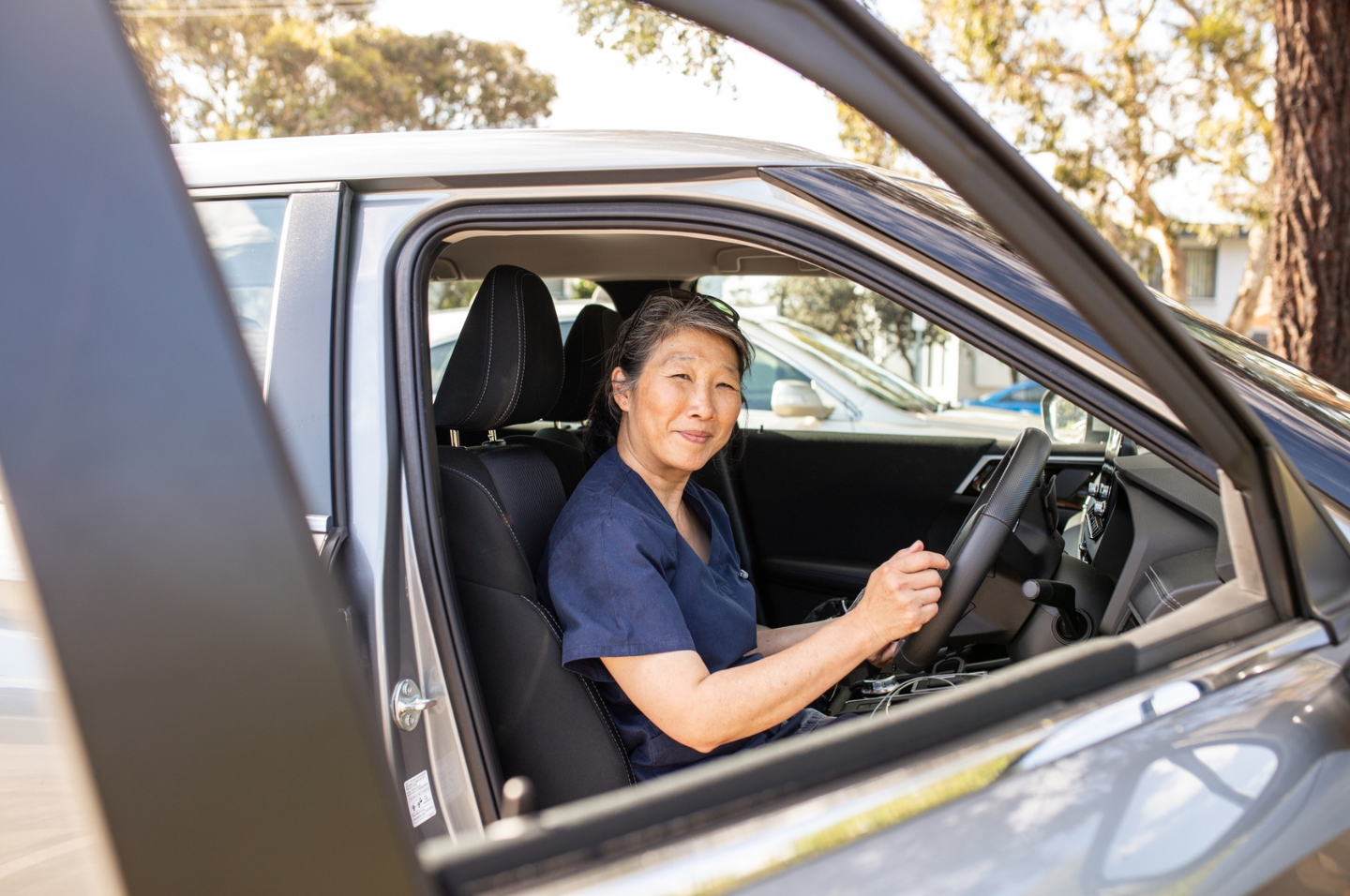In Australia, new passenger vehicles for sale must display a label showing how much fuel the car uses.
For electric vehicles (EVs), the label must state how much energy is used. Vehicles are also required to display the carbon dioxide (CO2) emissions produced for every kilometre driven. This information is based on a standardised laboratory test, as required under Australian Design Rules.
Fuel and energy consumption has a direct impact on the operating costs of vehicle ownership. Driving in the real world often produces very different results from the lab test.
An example is seen in consecutive studies by ICCT which showed the lab test results underestimated real-world fuel consumption by up to 46%. A 2017 study of 30 Australian cars found they consumed 23% more fuel on average than their lab test results, and just 5 of the 30 vehicles had real world results that matched their laboratory tests.
The ‘diesel gate’ scandal in 2015 was an example of a vehicle manufacturer illegally programming their vehicles to meet regulated pollution limits in the lab test and then exceeding those limits in real world driving.
For motorists, this can have serious consequences. Some motorists think their car is ‘greener’ than it actually is. The bigger the gap between the lab test result and the real-world result, the higher the unexpected fuel costs.
Assessing vehicle efficiency
The discrepancy between lab tested and real-world efficiency has led to major changes in how new passenger cars are assessed.
Internationally, there is a growing shift towards a new test method known as the Worldwide Harmonised Light Vehicle Testing Procedure, or WLTP. The results from the new WLTP testing are on average 21% higher than the old tests. Australia has not yet adopted this new standard.
The Australian government has funded the Real-World Testing Program to better understand this gap. The Australian Automobile Association (AAA), the peak body of Australia’s motoring clubs, are testing 200 popular passenger vehicles on Australian roads using driving protocols adapted from the WLTP. The results are expected to give consumers a more accurate picture of how cars perform in real-world driving.
Minimising your vehicle running costs
How your car performs, both in fuel economy and CO2 emissions, depends on numerous factors that can vary from trip to trip. Some of these factors include the number of passengers, individual driving habits, temperature, terrain, traffic conditions, and even whether the air conditioner is on. As a result, even WLTP testing can underestimate the true impact of real-world driving, by approximately 14%.
Regardless of the testing procedure, VESR provides you with a comparable and easy-to-understand star rating on the emissions performance of all light vehicles.
More information can be found at Understanding emissions.
Compare vehicle emissions ratings to reduce your footprint
Explore and compare thousands of vehicle emissions ratings of all engine and body types available in the Australian market


